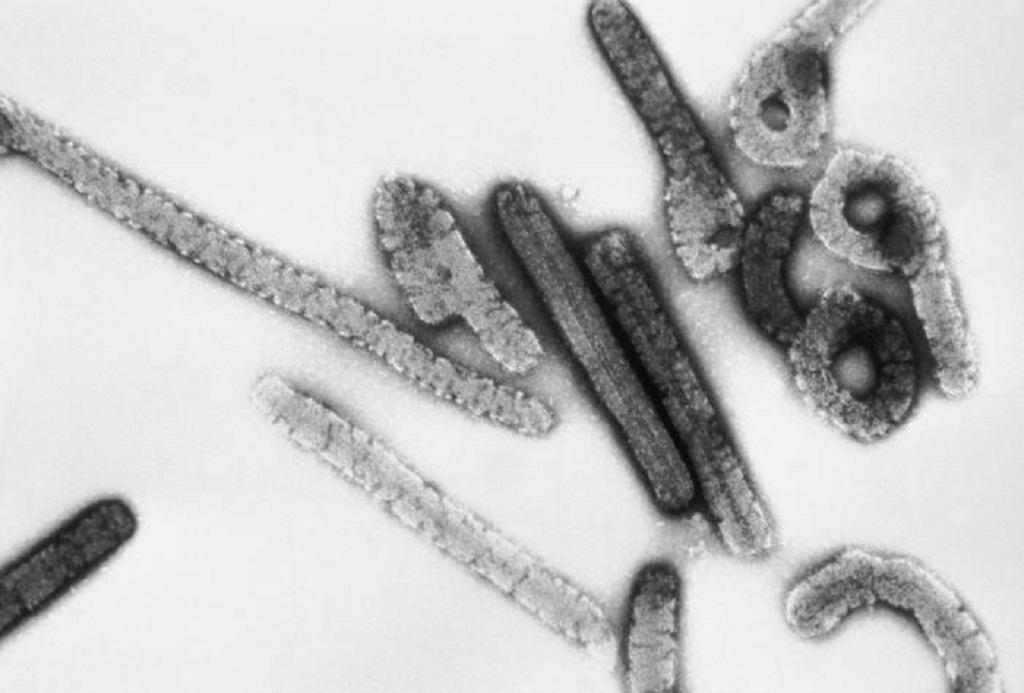
The Ghana Health Service (GHS) says the country has recorded the first presence of the Marburg virus.
In a statement issued on Sunday, July 17, 2022, the GHS explained that the presence of the virus was confirmed after it ran several tests.
So what exactly is the disease, and should we be worried about it? Here's everything you need to know about Marburg virus disease.
What is Marburg virus disease (MVD)?
According to the World Health Organization (WHO), Marburg virus disease (MVD), formerly known as Marburg haemorrhagic fever, is a severe, often fatal illness in humans.
Marburg virus is the causative agent of Marburg virus disease (MVD), a disease with a case fatality ratio of up to 88%, but can be much lower with good patient care. Marburg virus disease was initially detected in 1967 after simultaneous outbreaks in Marburg and Frankfurt in Germany; and in Belgrade, Serbia.
In addition to being highly contagious, the virus is also deadly to humans. In previous outbreaks where there has been more than one confirmed case, the fatality rate has ranged from 23 to 90 per cent.
Symptoms of MVD
The disease, according to WHO, can last from two to 21 days, begins abruptly, with high fever, severe headache, and severe malaise, and muscle aches and pains are common as well.
Soon after, the disease can lead to severe watery diarrhoea – which may, in some cases, be bloody – as well as abdominal pain and cramping, nausea and vomiting, extreme lethargy, and a non-itchy rash.
In fatal cases, death usually occurs on the eighth or ninth day of the illness, after patients go into shock following bleeding from multiple areas and severe blood loss.
Other symptoms can include:
- Bleeding from the nose, ears, eyes, gums, rectum and vagina
- Red eyes
- Chest pain and cough
- Sore throat
- Severe weight loss
- Bruising
- Internal bleeding
How MVD is transmitted
The Marburg virus is transmitted to people from fruit bats and spreads among humans through direct contact with the bodily fluids of infected people, surfaces and materials.
Marburg spreads through human-to-human transmission via direct contact (through broken skin or mucous membranes) with the blood, secretions, organs or other bodily fluids of infected people, and with surfaces and materials (e.g. bedding, clothing) contaminated with these fluids, WHO says
How to treat MVD
Currently, there are no vaccines or antiviral treatments approved for MVD. However, supportive care – rehydration with oral or intravenous fluids – and treatment of specific symptoms, improve survival.
Read Full Story















Facebook
Twitter
Pinterest
Instagram
Google+
YouTube
LinkedIn
RSS